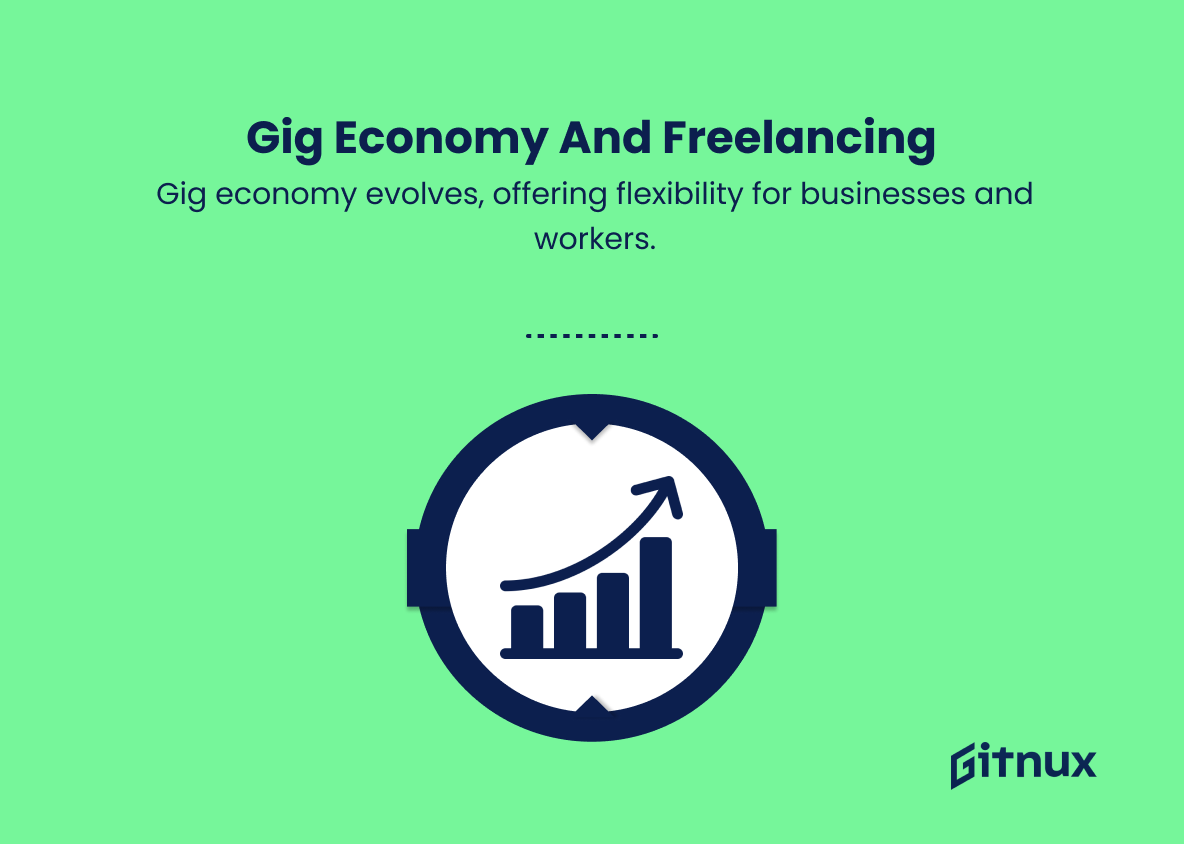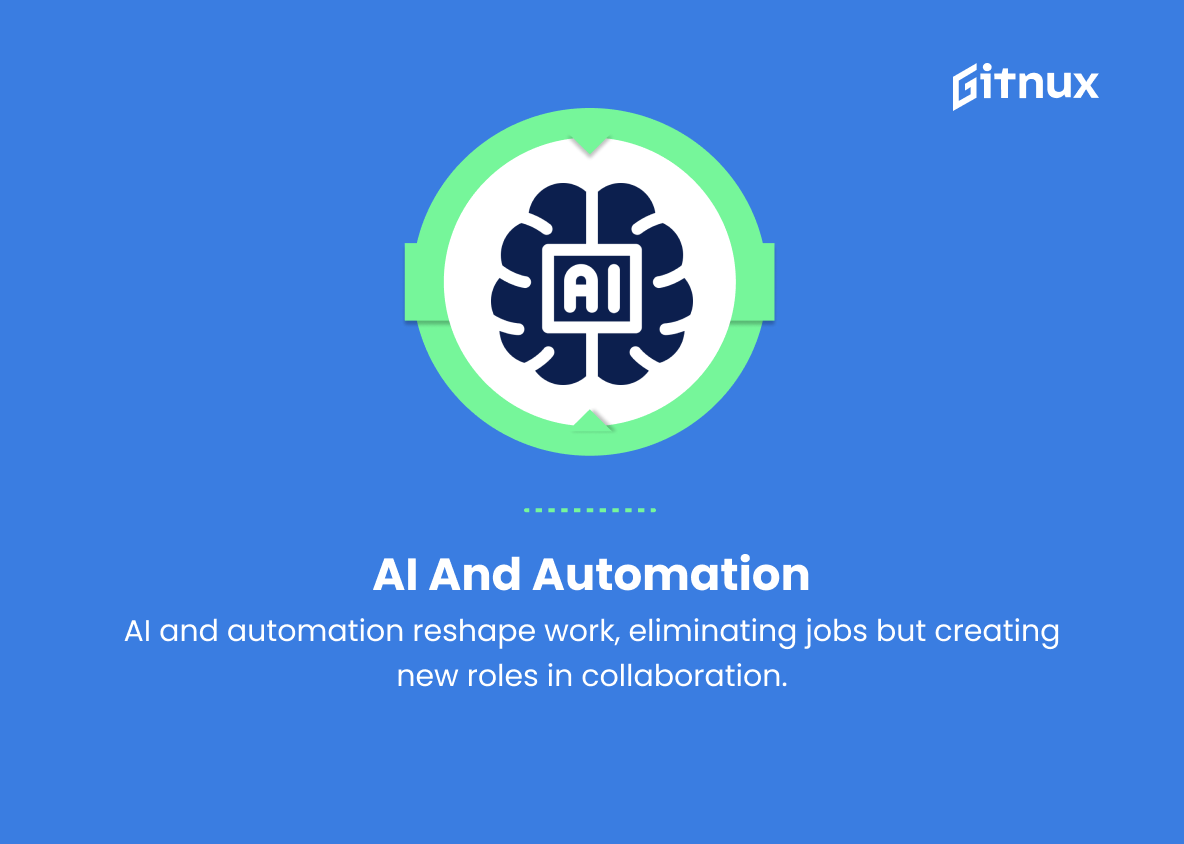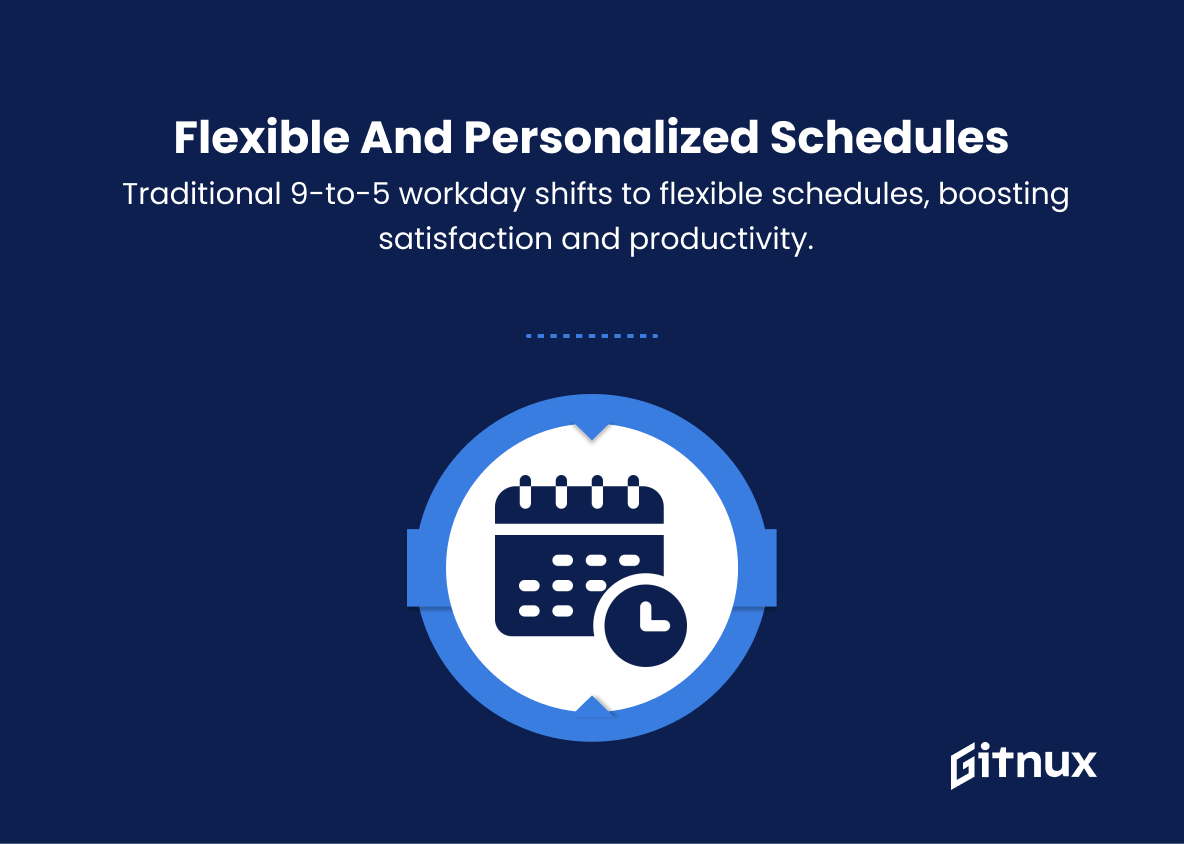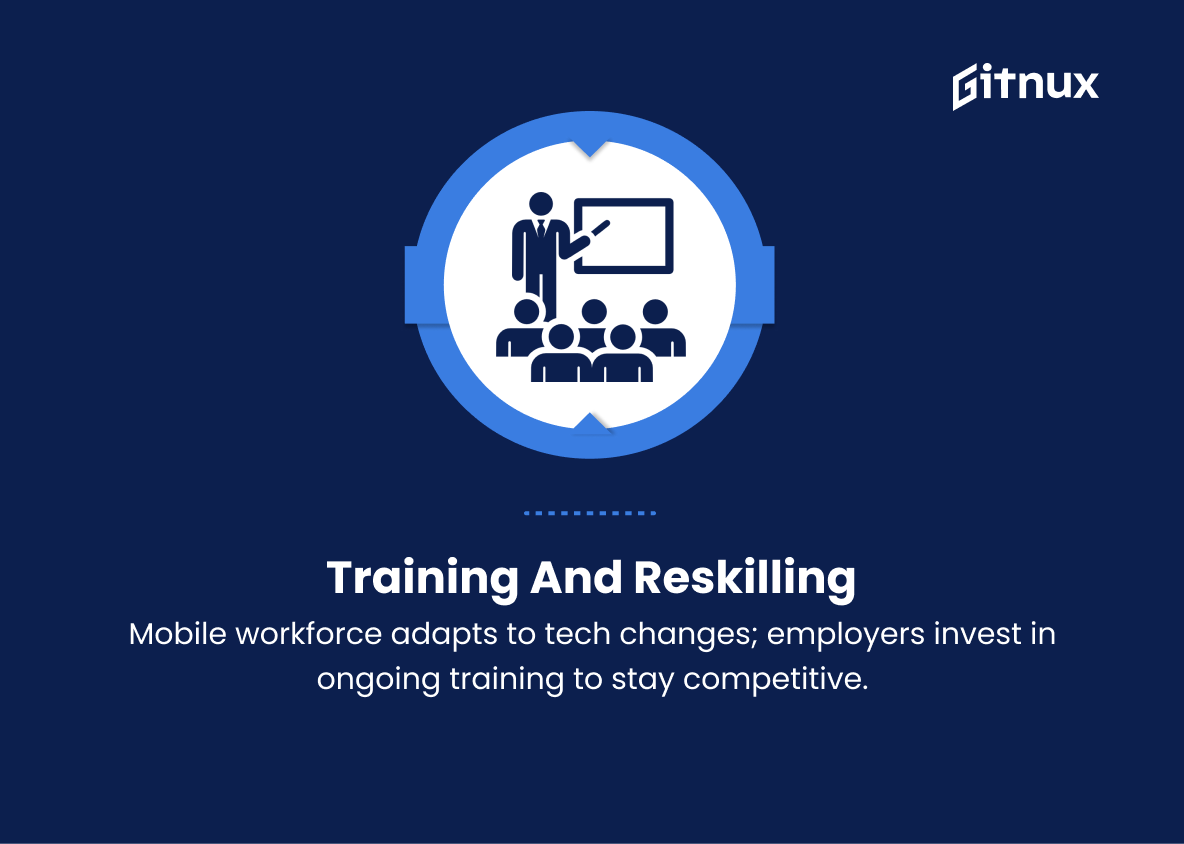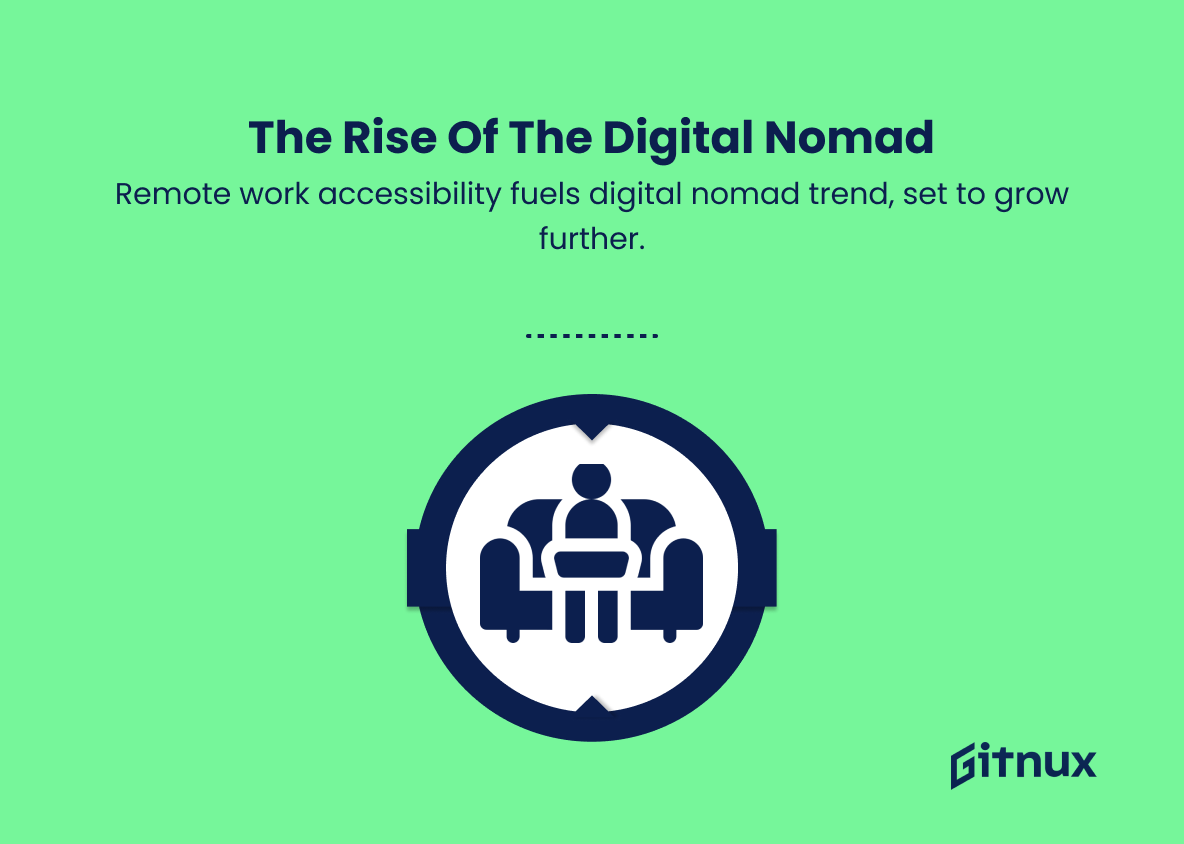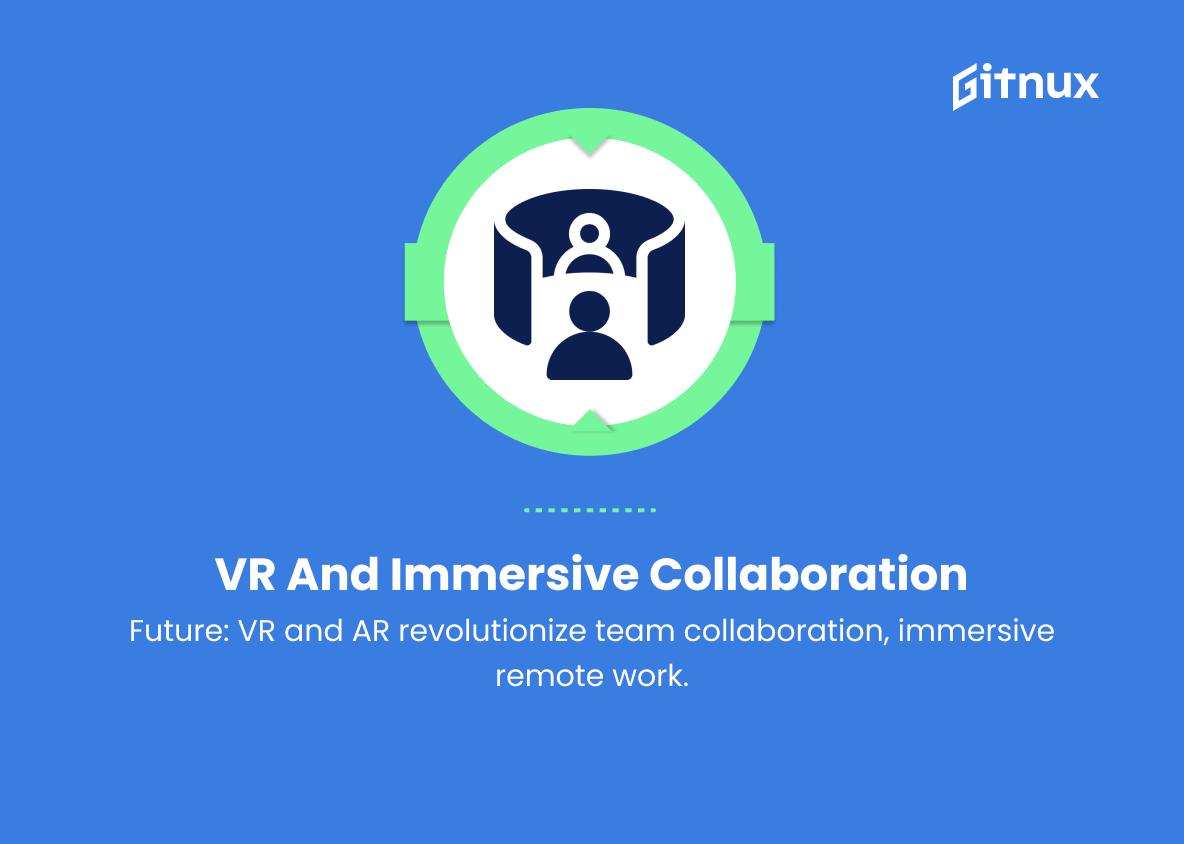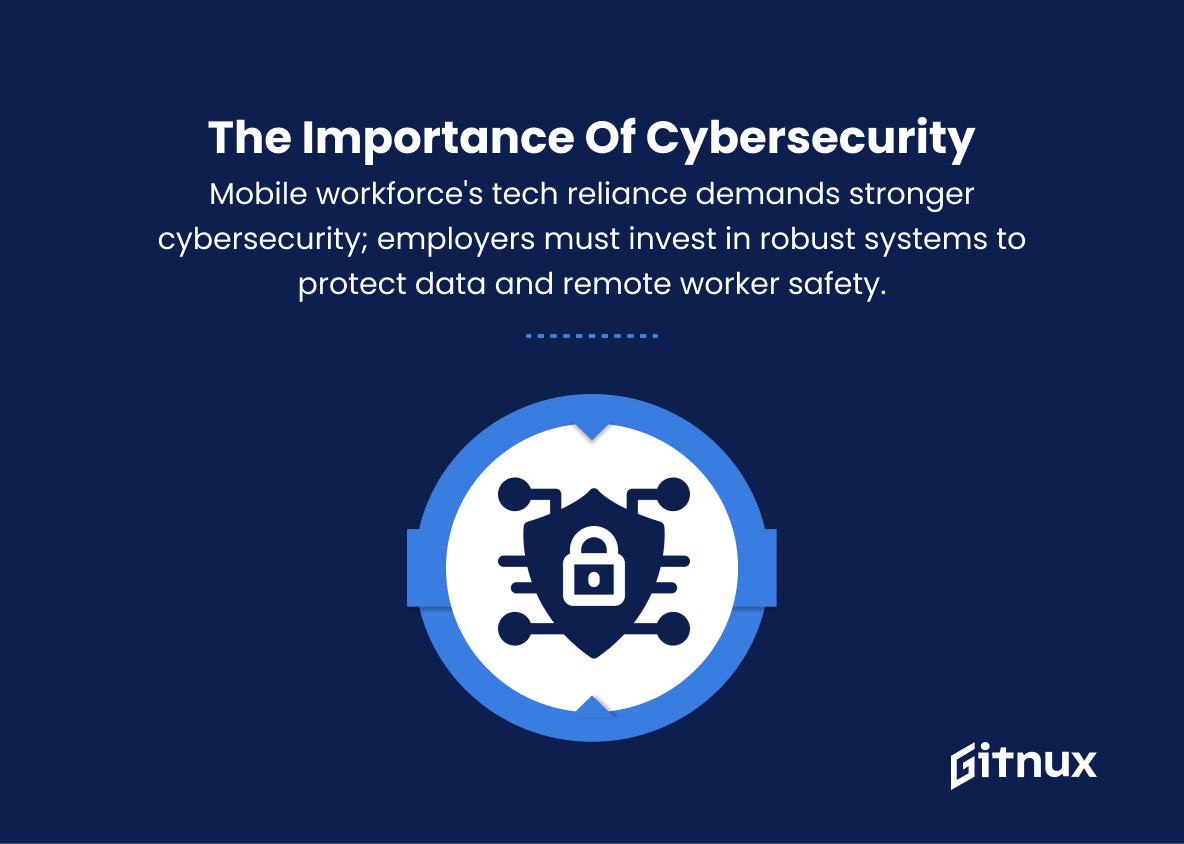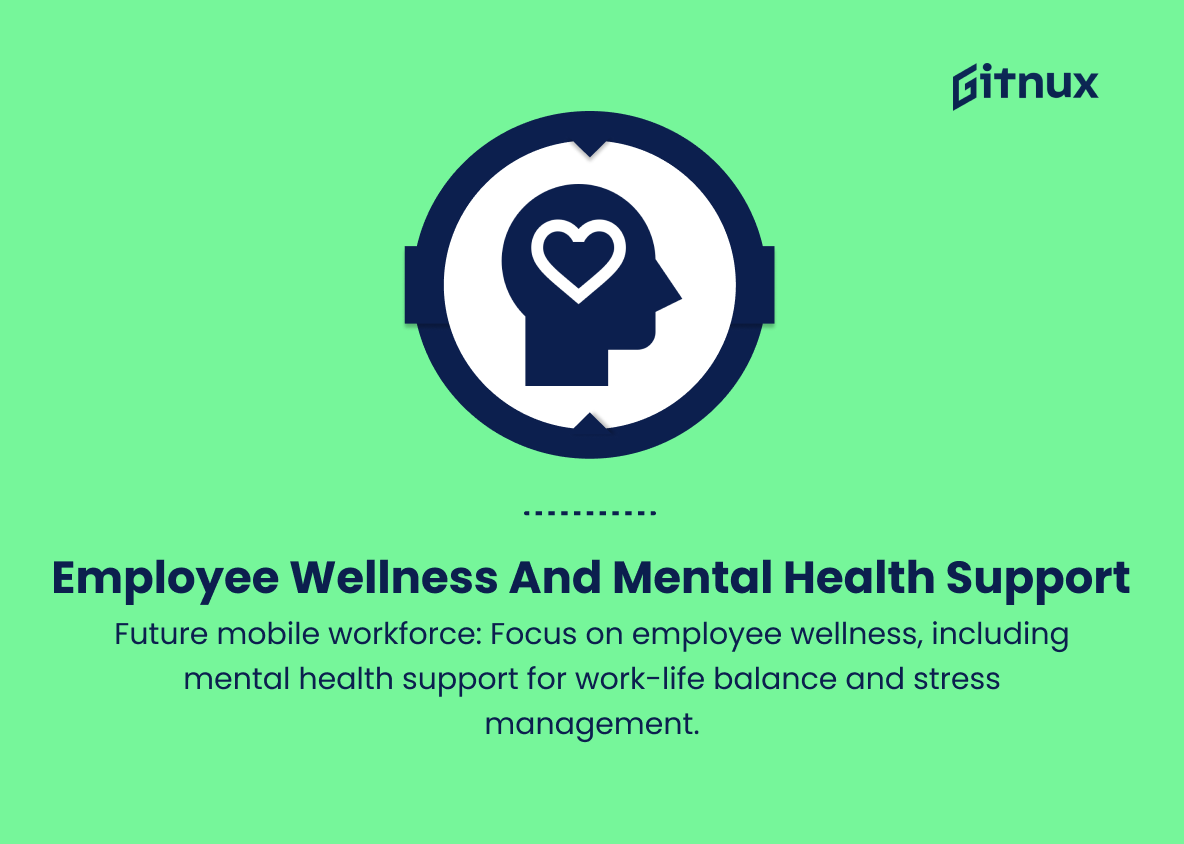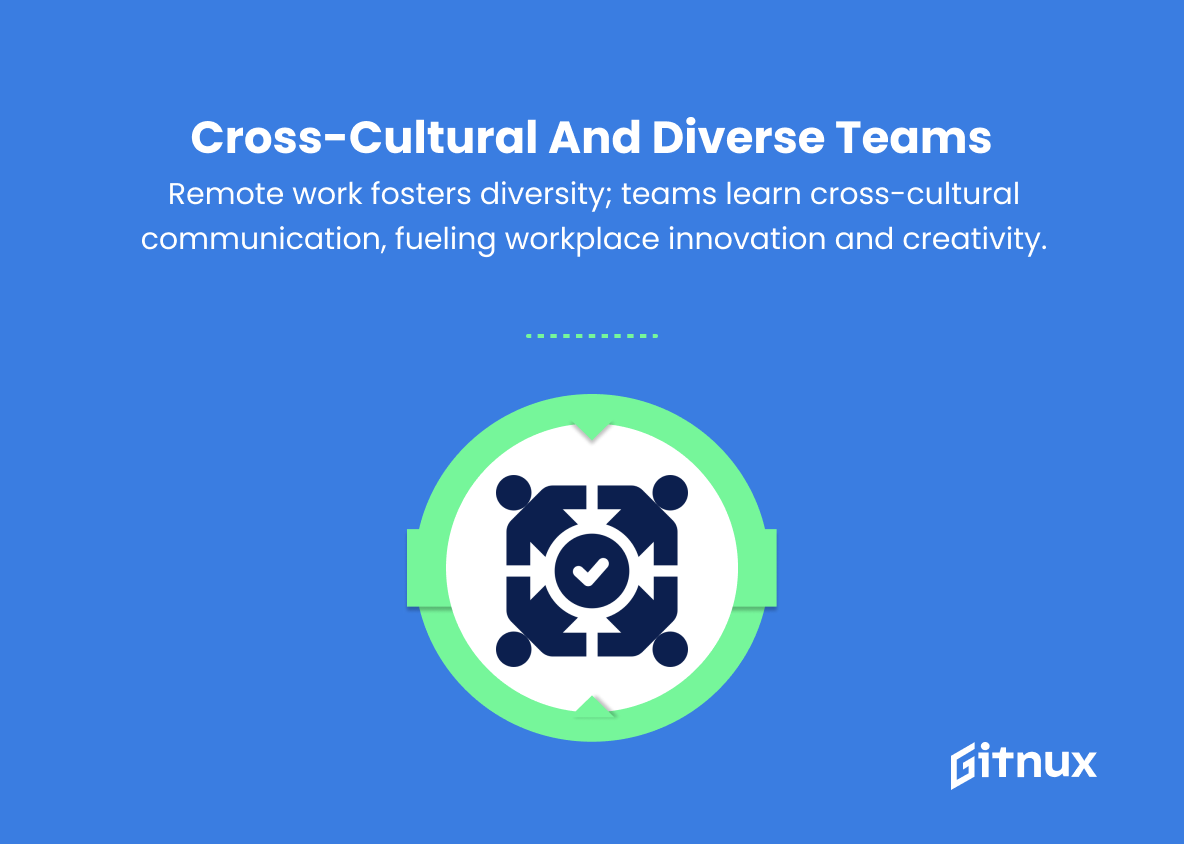As the world of work continues to evolve at a rapid pace, mobile workforce trends have become an essential element to closely observe, analyze, and understand for businesses and professionals alike. The ability to effectively manage and adapt to these shifts in workplace dynamics is now more paramount than ever, with the potential to significantly impact a company’s productivity, employee engagement, and overall competitiveness.
In this insightful and thought-provoking blog post, we will delve into the most significant mobile workforce trends sweeping across industries and offer innovative, practical strategies for adapting to these changes and thriving in an increasingly mobile work environment.
Top Mobile Workforce Trends
1. Remote work and telecommuting
The COVID-19 pandemic accelerated the need for remote work setups, and companies are embracing telecommuting and flexible work policies. This trend will only grow as technology continues to advance, allowing employees to work from anywhere in the world.
2. Gig economy and freelancing
The gig economy continues to evolve, with more people taking on freelance and contract work to meet their needs. This provides a more flexible employment model for both businesses and workers, who can pick and choose projects based on their interests and availability.
3. AI and automation
Artificial intelligence and automation technologies are rapidly advancing and have the potential to drastically change the nature of work. In the future, these tools may eliminate some jobs but will also create new opportunities for people to manage and work alongside these technologies.
4. Flexible work hours and customized schedules
The traditional 9-to-5 workday is giving way to more flexible work hours and customized schedules. Employers are realizing that allowing employees to work during their most productive hours can increase job satisfaction and overall productivity.
5. Co-working spaces and collaboration hubs
As more employees work remotely, the need for co-working spaces grows. These spaces provide a place for employees to work together, network, and collaborate, fostering a sense of community and camaraderie.
6. Emphasis on work-life balance
Employers are recognizing the importance of work-life balance, leading to more flexible work policies and an emphasis on employee well-being. This can result in a mobile workforce that is happier and more engaged.
7. Training and reskilling
As the workforce becomes more mobile and technology continues to advance, workers will need to adapt to new technologies and job requirements. Employers will need to invest in ongoing training and reskilling programs to ensure their workforce remains competitive and relevant.
8. The rise of the digital nomad
The increasing accessibility of remote work options is leading to a growing population of digital nomads – individuals who work remotely while traveling the world. This trend is expected to grow as remote work becomes more mainstream and accessible.
9. Virtual reality and immersive collaboration
In the future, virtual reality and augmented reality technologies have the potential to revolutionize how teams collaborate and interact, potentially making virtual meeting spaces and remote work more immersive and engaging.
10. The importance of cybersecurity
As the mobile workforce relies more on technology and remote work setups, the need for strong cybersecurity measures will only increase. Employers will need to invest in robust cybersecurity systems to protect company data and ensure the safety of remote workers.
11. Employee wellness programs and mental health support
The future of the mobile workforce will require a focus on employee wellness, including support for mental health and well-being. Employers will need to provide resources and support systems for employees to maintain a healthy work-life balance and manage stress effectively.
12. Cross-cultural and diverse teams
As remote work makes it easier to employ individuals from different cultural backgrounds, embracing diversity and inclusion will become even more essential. Diverse teams will need to learn how to communicate effectively and collaborate across cultural differences, leading to more innovation and creativity in the workplace.
Implications
The future of the mobile workforce will be defined by several key trends such as remote work and telecommuting, gig economy and freelancing, AI and automation, flexible work hours, co-working spaces, an emphasis on work-life balance, training and reskilling, the rise of digital nomads, virtual reality collaboration, cybersecurity, employee wellness programs, and cross-cultural teams. As technology continues to advance and companies adapt to changing workplace dynamics, employees will have the ability to work more flexibly, both in terms of location and hours.
This will lead to increased collaboration, innovation, and diversity in the workplace. However, with these opportunities come challenges, such as ensuring strong cybersecurity measures, investing in continuous training and development, and supporting employee mental health and well-being. Employers will need to strike a balance between embracing new technologies and mobile workforce trends while also providing necessary resources and support for their employees. By harnessing these trends and addressing potential challenges, businesses can create a more agile and adaptive workforce, positioning themselves for success in an ever-evolving global landscape.
Conclusion
In conclusion, the evolving landscape of mobile workforce trends signifies a radical shift in the way we approach work and productivity. As employees continue to embrace the flexibility and autonomy offered by remote work, organizations must adapt and adopt technologies and policies that empower, engage and support their mobile teams.
By addressing the unique challenges and opportunities of a mobile workforce, businesses can foster a culture of innovation, collaboration, and trust that ultimately drives greater success in this increasingly interconnected and competitive world. Staying attuned to these trends and embracing the shift toward a more mobile workforce is essential for organizations to stay ahead of the curve and thrive in the modern workplace.

